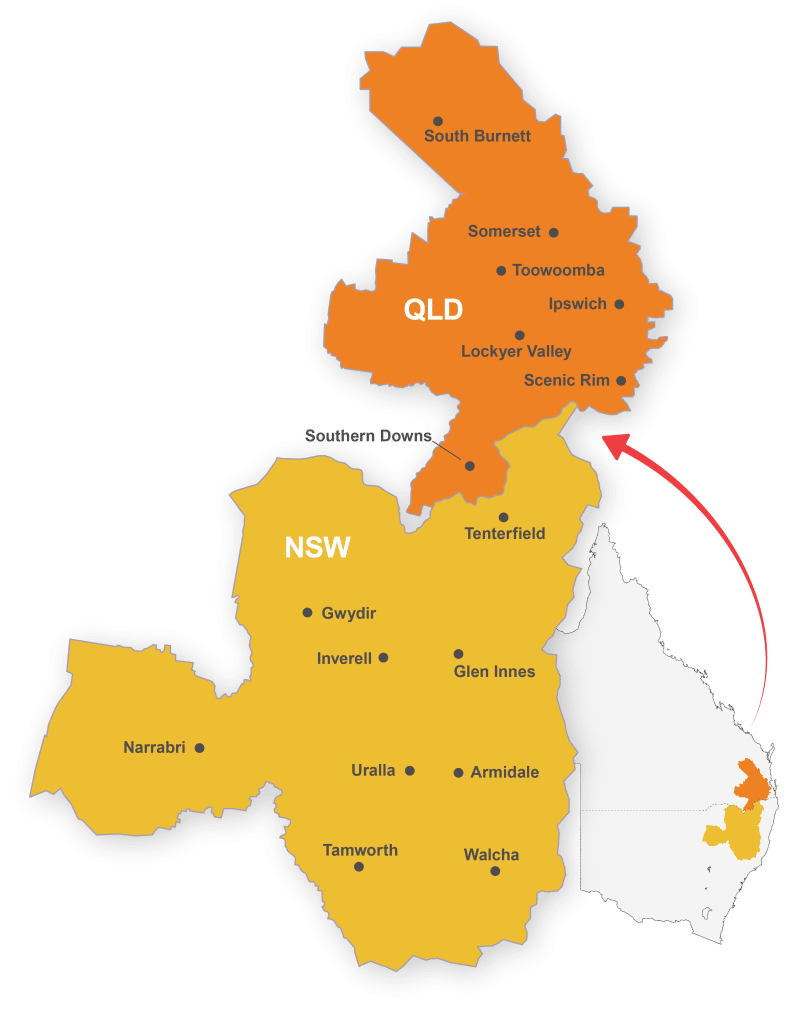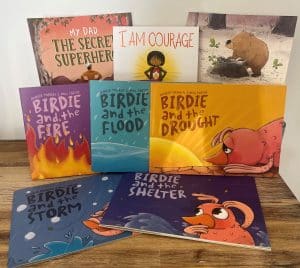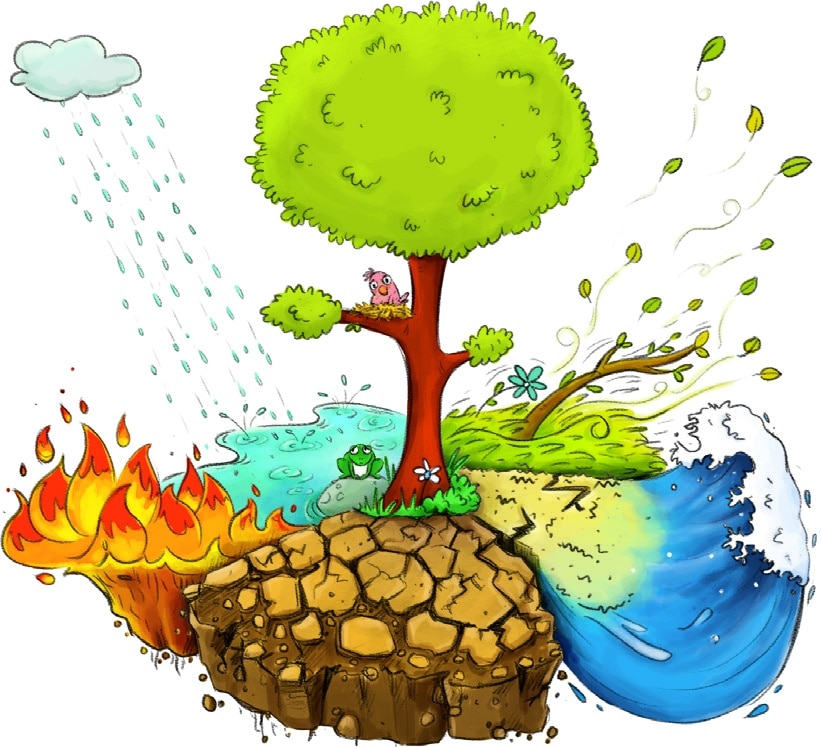
What is RAC:
Recover, Adapt, Connect?
An Australian Government funded initiative to support communities and individuals who have been affected by the Black Summer Bushfires. HealthWISE, through our Recover, Adapt, Connect program aims to provide assistance to communities and individuals affected by natural disasters. The program provided access to mental health and allied health services and community education workshops for all ages to support recovery and to prepare for future disasters.
This program has ended, but the resources below are still available to use and share!
Who can access RAC?
Support is available if you:
- Fear future bushfires or feel isolated and forgotten,
- Would like information about what assistance you can access in your local area
- Are worried about future events or coping with the anniversary of bushfires,
- Are putting your physical or emotional health on hold,
- Live in an area where health services are not easily accessible for you.
Which services can I access?
RAC offers flexible service options that will vary across regions. Care Navigators are available to assist you in identifying services available in your area. Contact us if you want to learn more.

Upcoming Events
Disaster Preparedness Resources
Strong, connected communities are better prepared for disasters. Communities with well established and strong social connections are better able to support and care for each other both during and after natural disasters.
- Take care of yourself. It sounds cliché, but simple things like keeping active, eating and sleeping well can help us to stay well. This gives us resilience to deal with unexpected events. Mental rest and taking time to do something you enjoy can help you to recharge your batteries.
- Stay connected with your groups, friends, neighbours and family. Check in on someone in your street who may live alone.
If you are concerned about someone in your family or community, please talk to a RAC Care Navigator for information about resources and supports available in your area.
Prepare an emergency kit
Prepare an emergency kit in advance that you can take with you on short notice. Keep your kit in a safe accessible space. Check and update your kit at least yearly or closer to known disaster periods or events, e.g. bushfire season, storm season.
An emergency kit should contain items that would support you for a period of up to three days, and can include the following:

Book packs for schools
HealthWISE is pleased to gift a selection of children’s books to early childhood centres and primary schools within the RAC footprint. These books have been selected to support students to better understand the impacts of natural disasters. We recognise the need to address known impacts and barriers to recovery and we are working with communities to improve health and emptional preparedness for future events
Psychological preparedness helps people stay confident and in control, by anticipating and managing natural reactions like anxiety or worry. We can assist children to develop skills to cope with unexpected events by allowing them to talk about their experiences and learn skills and attitudes to understand and manage the changes brought about by a natural disaster.
Along with this selection of books, we have included a USB flash drive loaded with some activities to accompany the book reading and some short articles that would be suitable to include in newsletters.

What is the Birdie’s Tree Early Learning Program?
Birdie’s Tree is a suite of resources to help families prepare for, cope with and recover from a natural disaster or disruptive event.
These resources have been designed to support the mental health and emotional wellbeing of babies and young children, their parents and families, in relation to severe weather events and other natural disasters. The resources are helpful in the ‘preparedness’ phase (before a natural disaster happens), during the ‘response’ phase (while an event is happening) and in the ‘recovery’ phase (after an event has occurred).
Birdie’s Tree has been developed by the Queensland Centre for Perinatal and Infant Mental Health (QCPIMH), Queensland’s statewide hub of expertise in the mental health and emotional wellbeing of expectant and new parents, babies and young children. QCPIMH is a Queensland Government service hosted by Children’s Health Queensland Hospital and Health Service.

Fueling Recovery: Eating Well During Natural Disasters
Take some time to determine how much you can allocate towards groceries each week. Once you have set a budget, you can explore different resources to help you make the most of it. Look for catalogues from local supermarkets or use mobile phone applications that provide information on current deals and discounts. Additionally, check your pantry and take note of the ingredients you already have on hand. Consider what is in season, as seasonal produce tends to be more affordable and readily available.
Meal planning is an essential strategy for maximizing your budget and maintaining a healthy diet. Start by scheduling a time for meal planning, preferably when you can give it your full attention. Check your calendar for any upcoming events or commitments that may influence your meal choices. To make the process easier, create a go-to recipe list that includes nutritious meals you enjoy preparing and eating. When planning your meals, consider options that use similar components, as this can help you save money by buying ingredients in bulk. Also, think about meals that can be reheated the next day or enjoyed cold, which can save you time and effort.
Writing an organised shopping list is crucial to avoid unnecessary purchases and stay within your budget. Choose a digital or note-taking system that works best for you, whether it’s a smartphone app or a pen and paper. Consider using the Woolworths or Coles app, which can provide additional support in creating your shopping list and finding the best deals. Before finalising your list, take stock of the items you already have at home to avoid uneccessary purchases. To further streamline your shopping experience, you could create a master list categorised by availability. Use colour-coding or labels (such as red, yellow, and green) to indicate items that are low, partially stocked, or fully stocked. Be precise with quantities to prevent over-purchasing and minimise food waste. Categorise your list based on food groups, aisle, or store layout for more efficient shopping.
When you head to the supermarket, it’s important to approach your shopping trip with a clear plan to stay on budget. Avoid shopping on an empty stomach, as hunger can lead to impulse purchases. As you navigate the aisles, focus on locating deals and discounts, but try to stick mostly to the perimeter of the store where fresh produce, meat, and dairy products are typically located. Remain disciplined and only buy what you need, referring to your carefully crafted shopping list. By reducing the number of trips to the store, you can minimise the temptation to make unnecessary purchases. Opt for larger packet options when possible, as they often offer better value for money. Don’t overlook store brands, as they can be more cost-effective without compromising quality. Additionally, consider frozen and canned options, which can be both nutritious and budget-friendly. As you put items into your cart, tick them off your shopping list to keep track of what you have already purchased.

This project received grant funding from the Australian Government.




